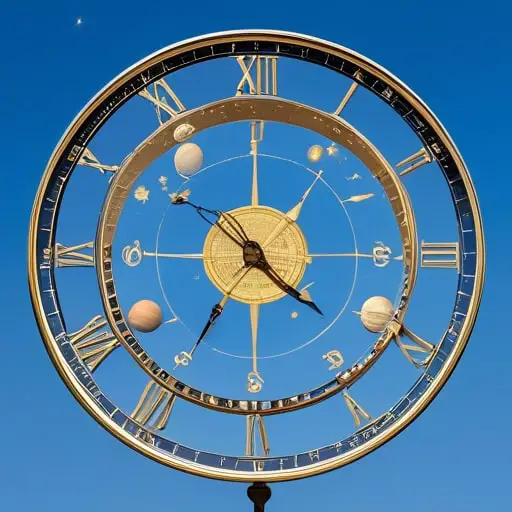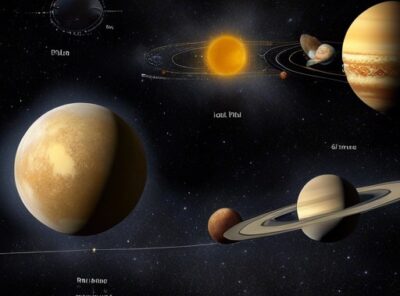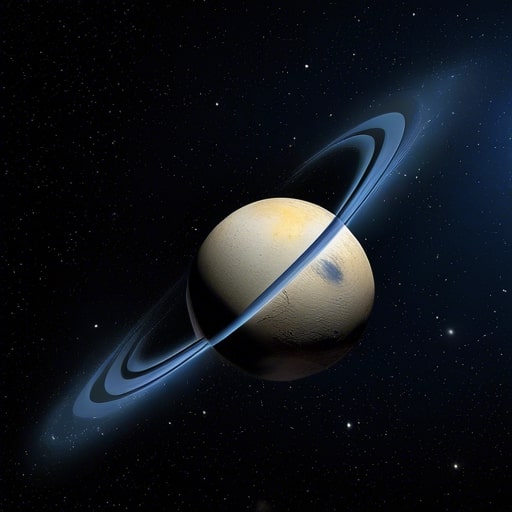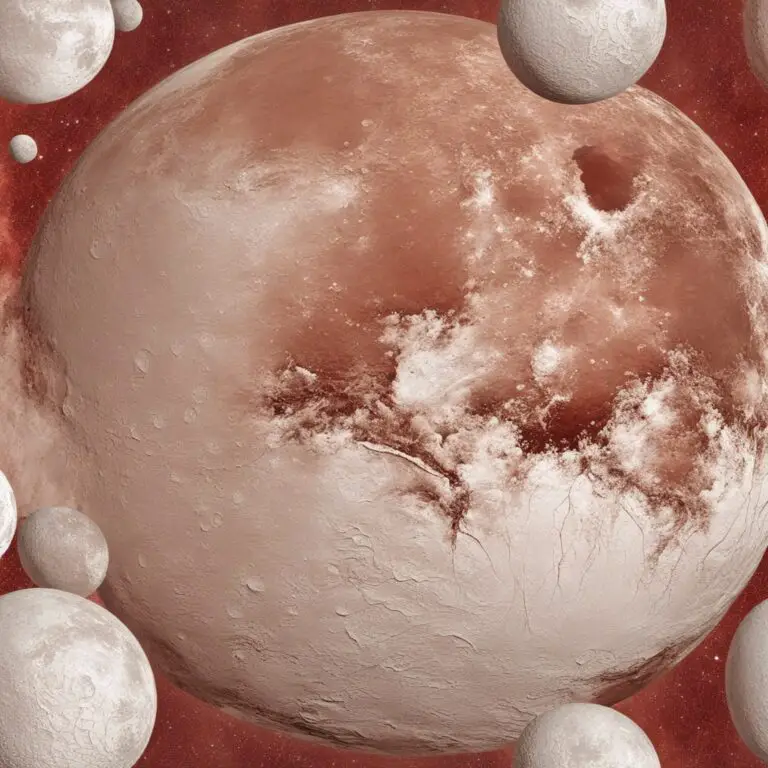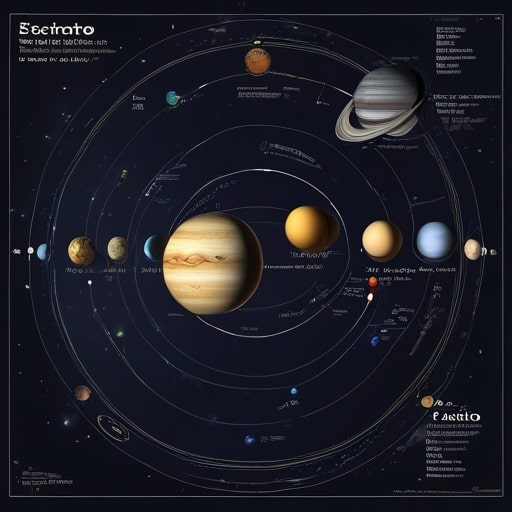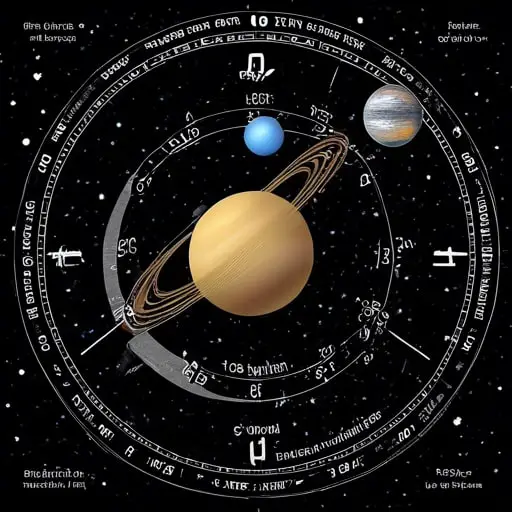5 Simple Steps To Determine Solar System Time
Imagine yourself floating in the vast expanse of space, surrounded by celestial bodies and endless possibilities.
Now, picture this: wouldn’t it be fascinating to know the time in the solar system, beyond the constraints of Earth’s clocks?
Well, buckle up and get ready to embark on a journey of discovery, as we unveil five simple steps that will allow you to determine solar system time with ease.
From understanding the concept of solar system time to adjusting for time zones on specific celestial bodies, we’ve got you covered.
So, get curious and prepare to unravel the mysteries of time in the cosmos.
Key Takeaways
- Solar system time is based on the motion of celestial bodies, including the Earth’s rotation and orbit around the Sun.
- Precise calculations and adjustments are necessary to determine solar system time accurately due to factors like the Earth’s axial tilt and elliptical orbit.
- Earth time, based on the Earth’s rotation and orbit, serves as a reference for determining solar system time and global coordination.
- Converting Earth time to solar system time involves multiplying Earth time by the conversion factor specific to each celestial body, allowing for synchronization and coordination across the solar system.
Understand the Concept of Solar System Time
To understand the concept of solar system time, it’s crucial to grasp the fundamental principles underlying its measurement and calculation.
Solar system time refers to the time scale used to measure the passage of time within our solar system. It’s based on the motion of celestial bodies, such as the Earth and the Sun.
The Earth’s rotation on its axis determines one day, while its orbit around the Sun determines one year. Additionally, the Earth’s rotation is divided into 24 hours, each consisting of 60 minutes and 60 seconds.
However, it’s important to note that solar system time isn’t uniform due to factors like the Earth’s axial tilt and its elliptical orbit. Therefore, precise calculations and adjustments are necessary to accurately determine solar system time.
Determine the Reference Time (Earth Time)
When determining the reference time, also known as Earth time, it’s essential to consider the precise measurements and calculations that account for the Earth’s rotation and orbit around the Sun.
To fully grasp the concept of Earth time, you must understand the following:
- The Earth rotates on its axis, completing one full rotation in 24 hours, resulting in the division of time into hours, minutes, and seconds.
- The Earth also orbits around the Sun, completing one full revolution in approximately 365.25 days.
- The combination of these two movements determines the length of a year and the seasons.
- To maintain accuracy, scientists have developed systems such as Coordinated Universal Time (UTC) to synchronize timekeeping worldwide.
Understanding Earth time is crucial as it serves as the basis for determining solar system time and ensuring coordination and synchronization across the globe.
Calculate the Relative Time Conversion Factor for Each Celestial Body
To calculate the relative time conversion factor for each celestial body, precise measurements and calculations must be carried out. This factor represents the ratio between the time on Earth and the time on a specific celestial body.
It allows us to determine the equivalent time on other planets or moons in our solar system. The table below presents the relative time conversion factors for five celestial bodies:
| Celestial Body | Time Conversion Factor |
|---|---|
| Mercury | 0.24 |
| Venus | 0.62 |
| Mars | 1.88 |
| Jupiter | 11.86 |
| Saturn | 29.46 |
Convert Earth Time to Solar System Time Using the Conversion Factor
Have you ever wondered how to convert Earth time to solar system time using the conversion factor? It’s a simple process that can be done by multiplying the Earth time by the conversion factor for the desired celestial body.
The conversion factor represents the ratio of the celestial body’s rotational period to Earth’s rotational period.
By multiplying the Earth time by this factor, you can determine the equivalent time on the celestial body.
Here are some key points to keep in mind:
- The conversion factor varies for each celestial body, depending on its rotational period.
- It’s important to use the correct conversion factor for accurate results.
- Converting Earth time to solar system time allows for better synchronization and coordination of activities across different celestial bodies.
- Understanding the conversion factor helps to establish a sense of belonging and connection to the greater solar system community.
Adjust for Time Zones on Specific Celestial Bodies
To accurately adjust for time zones on specific celestial bodies, you must carefully consider the rotation and axial tilt of each body in relation to Earth. The rotation of a celestial body determines the length of its day, while the axial tilt affects the length of its seasons.
By understanding these factors, you can calculate the time difference between Earth and the celestial body you are interested in.
To illustrate this concept, consider the following table:
| Celestial Body | Rotation Period (Earth Hours) | Axial Tilt (Degrees) |
|---|---|---|
| Mercury | 1407.6 | 2.11 |
| Venus | 5832.5 | 177.3 |
| Mars | 24.6 | 25.2 |
| Jupiter | 9.9 | 3.1 |
| Saturn | 10.7 | 26.7 |
Consider the Effects of Planetary Rotations and Orbits
Consider the impact of planetary rotations and orbits when determining the time on different celestial bodies. Understanding these effects is crucial in accurately calculating solar system time.
Here are a few key points to keep in mind:
- Varying rotational periods: Each planet and moon has its own rotational period, ranging from a few hours to several Earth days. This affects the length of their days and nights, and consequently, the measurement of time.
- Eccentric orbits: Planets and moons follow elliptical paths around their parent celestial bodies. This means that their distance from the sun or planet varies throughout their orbit, affecting the perceived intensity of sunlight and the measurement of time.
- Tidal effects: The gravitational pull of nearby celestial bodies can cause tidal forces, impacting the rotational speed of planets and moons. This can result in subtle variations in the length of their days.
- Synchronization with Earth: Some celestial bodies have synchronous rotations, meaning their rotational period matches their orbital period. This results in one side always facing the parent body, affecting the concept of day and night.
Understanding these factors is essential for accurately determining solar system time and comprehending the unique temporal experiences on different celestial bodies.
Use Online Tools and Resources for Accurate Solar System Time Calculations
To accurately calculate solar system time, utilize online tools and resources designed for precise time calculations on different celestial bodies.
These tools can provide you with the exact time on any planet or moon in our solar system, taking into account factors such as planetary rotations and orbits. One such tool is NASA’s Solar System Dynamics website, which offers a wide range of information and calculators for determining solar system time.
Another useful resource is the Jet Propulsion Laboratory’s HORIZONS system, which provides access to detailed ephemerides and can generate accurate time measurements for various celestial bodies.
By using these online tools, you can ensure that your calculations are accurate and reliable, allowing you to better understand and explore the wonders of our solar system.
| Online Tool | Features | Website |
|---|---|---|
| NASA Solar System | Provides information and calculators for determining solar system time | Website |
| Dynamics | ||
| Jet Propulsion | Offers detailed ephemerides and accurate time measurements for celestial bodies | Website |
| Laboratory HORIZONS |
Frequently Asked Questions
How Can I Determine the Reference Time (Earth Time) When Calculating Solar System Time?
To determine the reference time (earth time) when calculating solar system time, you need to establish the time on Earth accurately. This will serve as the basis for calculating the time in the solar system.
Are There Any Online Tools or Resources Available for Accurate Solar System Time Calculations?
Yes, there are online tools and resources available for accurate solar system time calculations. These tools use data from observatories and satellites to provide precise time measurements based on the movements of celestial bodies.
What Are the Effects of Planetary Rotations and Orbits on Solar System Time Calculations?
The effects of planetary rotations and orbits on solar system time calculations include variations in day lengths and seasonal changes. These factors impact the accuracy of timekeeping systems and require careful consideration when determining solar system time.
How Do I Adjust for Time Zones on Specific Celestial Bodies When Converting Earth Time to Solar System Time?
To adjust for time zones on specific celestial bodies when converting Earth time to solar system time, calculate the time difference based on the rotation and orbit of the celestial body in question.
Can You Provide Examples of How to Calculate the Relative Time Conversion Factor for Each Celestial Body?
You can calculate the relative time conversion factor for each celestial body by using specific formulas and data. For example, the conversion factor for Mars can be determined by comparing its rotational period to Earth’s.
Conclusion
Now that you understand the concept of solar system time and how to determine it, you can accurately calculate the time on different celestial bodies.
By following the five simple steps outlined in this article, you can convert Earth time to solar system time and even adjust for time zones on specific celestial bodies.
With the help of online tools and resources, you can ensure precise and accurate solar system time calculations.
